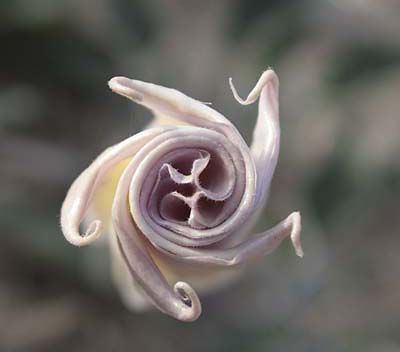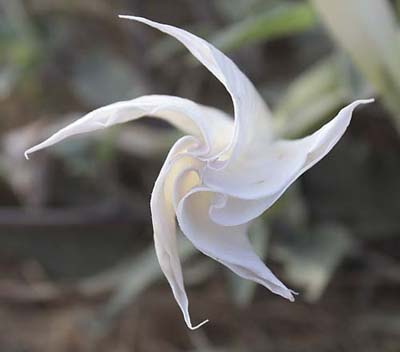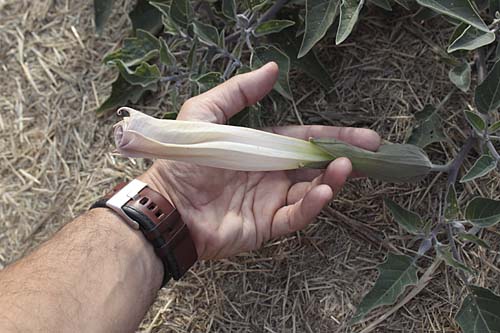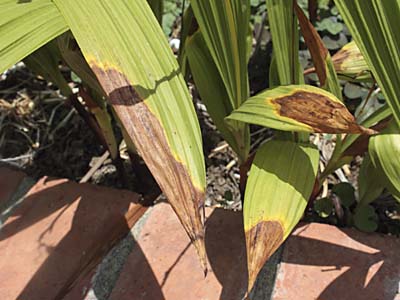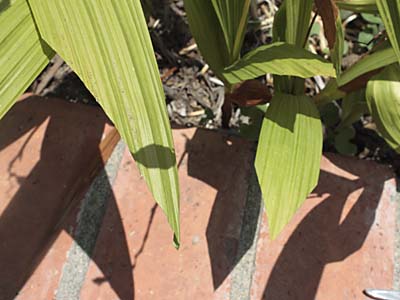When you spend your time in San Diego’s well-watered burbs it’s easy to forget that you’re living in the middle of a desert. The last significant rainfall in town occurred in February, and the unirrigated natural lands around town have long ago begun their transformation into the long brown season.
My recent little excursion to Los Peñasquitos Canyon, a local open-space preserve between San Diego and Del Mar, gave me a chance to see what the natural world is doing in these parts.
Not everything is brown, of course. Some plants are tapped into locations with residual moisture. Others have adapted to the climate and have the stamina to stay green year-round.
Here are a few of the plants still showing colors other than brown:
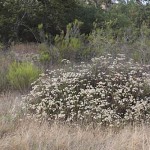 Flat-topped buckwheat (Eriogonum fasciculatum) a native plant.
Flat-topped buckwheat (Eriogonum fasciculatum) a native plant.
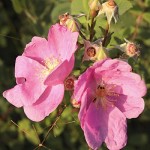 Wild rose (Rosa californica) a native.
Wild rose (Rosa californica) a native.
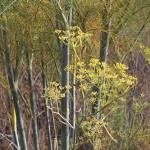 Fennel (Foeniculum vulgare) an exotic, invasive species. This is the culinary plant from the Mediterranean that has escaped into the wilds.
Fennel (Foeniculum vulgare) an exotic, invasive species. This is the culinary plant from the Mediterranean that has escaped into the wilds.
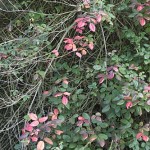 Poison oak (Toxicodendron diversilobum) a native–one of the few plants that turns blazing red in the fall. Even now, it’s showing some of that red color.
Poison oak (Toxicodendron diversilobum) a native–one of the few plants that turns blazing red in the fall. Even now, it’s showing some of that red color.
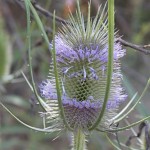 Thistle in bloom. I’m not sure if this is native or not, but it’s not the hyper-nasty Russian thistle (the dried flowers of which are shown in the large photo above). [Correction/edit August 1: This is actually a teasel, not a thistle. Like the escaped fennel above, this too is a renegade exotic species. Pretty, though…]
Thistle in bloom. I’m not sure if this is native or not, but it’s not the hyper-nasty Russian thistle (the dried flowers of which are shown in the large photo above). [Correction/edit August 1: This is actually a teasel, not a thistle. Like the escaped fennel above, this too is a renegade exotic species. Pretty, though…]
It’s a condition of our consumer culture and times to want what we don’t have. Living in San Diego, most of the plant materials that people expect to find in their home gardens fall outside of the category of what occurs naturally or is well-suited to the area.
It’s always instructive to visit the natural preserves to see plants–even the nasty invasives–that are supremely well-designed to live in this climate. Some of the plants in these parks would do extremely well in gardens. But it’s hard letting go of plants that many of us associate with places we’ve lived in and even people we’ve known.
My own yard has several areas that I consider my guilty pleasure zones. I have pieces of a bromeliad and a kahili ginger that I was given in the 1970s, as well as the green rose from that I dug up from the house where I grew up in the Los Angeles area. And I’m a natural born collector who has a hard time saying no to interesting plants. These plants all require some water and tending beyond what nature brings.
But they’re counterbalanced by garden areas planted with drought-tolerant species, local and introduced, that receive almost no water and attention over the summer. As time goes on, I’ll be expanding those areas. Don’t expect me any time soon, however, to plant poison oak, as pretty and hardy as the plant is. I have my limits as to how much true nature I want in my garden…

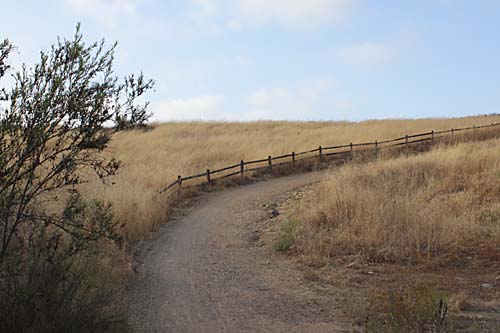
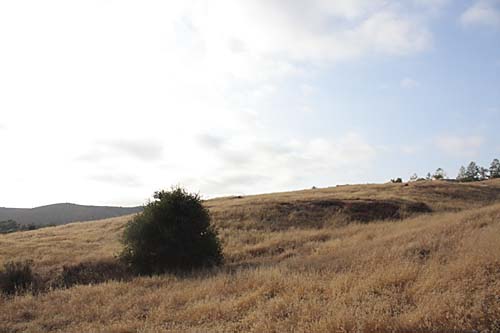
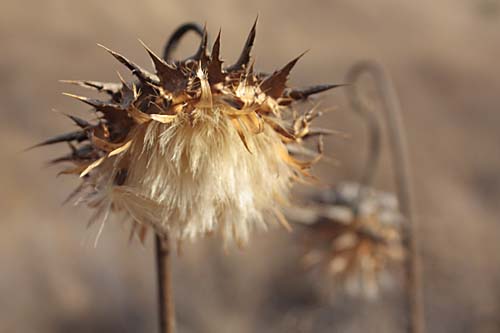

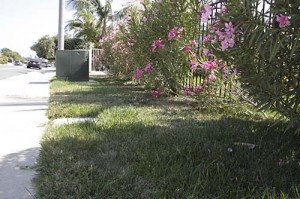
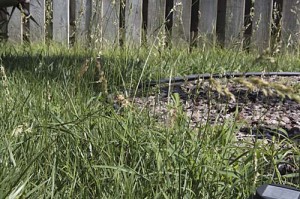
 Photo by Dlarsen, via Wikimedia Commons [
Photo by Dlarsen, via Wikimedia Commons [ 